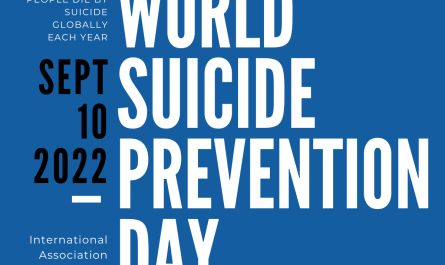A physiological reaction to stimuli that our bodies deem hazardous or life-threatening is the fight-or-flight response. Also known as the acute stress response, most people know it as the tremendous anxiety, trembling, and terror that can happen as our bodies get ready for a potential emergency. In simple terms, “this stress response is triggered by a release of hormones either prompting us to stay and fight or run away and flee.”
What are the origins of the FOFR?
American physiologist Walter Bradford Cannon first defined the fight-or-flight response. During times of peril, he observed that animals’ bodies released the hormone adrenaline, which caused a number of physiological changes, including an accelerated heartbeat and respiration. Canon interpreted this response as occurring for emergency purposes. He observed that they occurred automatically and had the purpose of preparing the body for fighting or running in order to enable the animal to survive dangerous situations. The work of Schauer & Elbert explained the phenomenon as what we know it as today. Termed the ‘defense cascade’, they categorize the danger responses, as stages of ‘freeze, flight, fight, fright, flag, and faint’.
How does the body react?
One component of the autonomic nervous system, the sympathetic nervous system (SNS), is in charge of the body’s unconscious or involuntary nervous functions. The fight-or-flight reaction is initiated in response to a threat, which causes hormones to be released by the SNS. Essentially, it sends a signal to the adrenal glands, causing them to release a variety of stress hormones, including cortisol, adrenaline, and noradrenaline. The symptoms linked to the response are then caused by these hormones. For example, adrenaline increases your heart rate, elevates your blood pressure, and boosts energy supplies. The main stress hormone, cortisol, elevates blood glucose levels, improves the brain’s metabolism of glucose, and increases the availability of chemicals that repair tissues. Noradrenaline, in turn, increases alertness, arousal, and attention. It constricts blood vessels, which helps maintain blood pressure in times of stress.
What are the physiological effects?
The body increases heart rate and dilates the coronary blood vessels which causes an increase in blood flow, especially to skeletal muscles, which are important for escape and decreased blood flow to tissues, such as the smooth muscles involved in digestion, which are not necessary for escaping. The body also experiences dilation in pupils, allowing more light to scan the environment. Tunneling of vision, i.e, loss of peripheral sight occurs so there is more focus on the threat. Other physiological effects are rapid breathing, sweating, and paling of the skin.
What are the psychological effects?
The fight-or-flight response includes psychological responses in addition to physiological ones. Some automatic reactions include rapid thought and a high concentration on certain things, such as the source of the threat and potential escape routes. Secondary psychological reactions include Misreading the meaning of the body reactions. For example, a person experiencing rapid heartbeat as a result of the fight-or-flight response may mistakenly think it means they’re having a heart attack.
Is there a threat?
However, many patients with anxiety disorders or other diseases may have overactive threat systems that are not appropriately counterbalanced by the parasympathetic nervous system afraid of the symptom. It is reasonable to be afraid of what is coming and even to consider it to be a life-threatening situation when one experiences physical symptoms that are linked to danger. In spite of the fact that there is little to no threat, your body is telling you to get ready because you are in grave danger. These ideas and deeds merely serve to increase the association of fear that is not grounded in a real threat, not to rescue you from it. For example, patients with panic attacks often misinterpret the bodily signs associated with fight or flight as signs of impending catastrophe.
How can it be tamed?
The body uses the fight, flight, or freeze response as a crucial defense mechanism. It can help someone survive difficult situations. However, it can have an adverse effect if a person has it regularly as a result of life events, stress, or anxiety. Researchers have looked into ways to control the fight or flight response because it underlies many of the symptoms of panic disorder. Cognitive behavioral therapy and medication are both used to treat panic disorder. Desensitization, one way of treating the illness, considers the fight-or-flight reaction. This approach teaches persons with panic disorders how to simultaneously control their anxiety and panic while exposing them to anxiety-inducing stimuli in a gradual manner. To control the response as it is ongoing, options include moving to a safe place, breathing exercises or seeking social support.
Practically speaking, a fuller comprehension of the fight or flight response can be beneficial for many people who struggle with anxiety. Especially learning how to control the response, may help them use relaxation and grounding techniques and feel safer.




